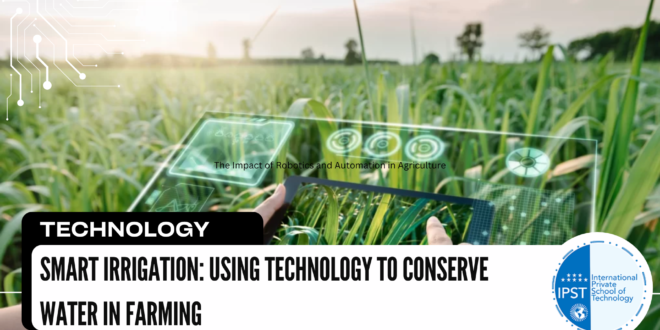The Role of Robotics and Automation in Modern Agriculture
Robotics and automation are transforming agriculture by improving efficiency, reducing labor costs, and enhancing precision. With the growing demand for food and the challenges posed by labor shortages, these technologies are becoming essential for the future of farming.
Key Applications of Robotics in Agriculture
1. Autonomous Tractors and Harvesters
Autonomous tractors and harvesters are equipped with GPS and sensors to perform tasks like plowing, planting, and harvesting crops without human intervention. These systems reduce labor costs and increase productivity by performing tasks faster and more accurately.
2. Drones for Crop Monitoring
Drones are being widely used for crop monitoring and assessment. Equipped with cameras and sensors, drones can assess crop health, check soil conditions, and even spray pesticides or fertilizers precisely where needed, helping to reduce chemical use and improve yields.
3. Robotic Weeders and Planters
Robotic systems designed for planting and weeding offer precision in seed planting and weed control. These robots can detect and remove weeds without damaging crops, reducing the need for herbicides and promoting sustainable farming practices.
Benefits of Robotics and Automation in Agriculture
- Enhanced Efficiency – Automation speeds up processes like planting, harvesting, and spraying, freeing up farmers to focus on other aspects of farming.
- Cost Reduction – By replacing manual labor with robots, farmers can reduce labor costs and operate more efficiently.
- Increased Precision – Robots and automation systems can perform tasks with greater precision, improving crop yields and reducing waste.
- Sustainability – Automation helps optimize resource use, including water, fertilizers, and pesticides, making farming more sustainable and eco-friendly.
Challenges and the Future of Robotics in Agriculture
While the benefits of robotics and automation are clear, there are challenges, including high initial costs, maintenance, and technical complexity. Additionally, the need for skilled labor to operate and maintain these systems can be a barrier to adoption for some farmers.
However, as technology continues to advance and prices decrease, the future of agriculture is likely to see a greater reliance on robotics and automation to meet the demands of food production in a sustainable and cost-effective way. These technologies are paving the way for the future of smart farming, where precision, efficiency, and sustainability go hand in hand.
 International Private School of Technology المدرسة الدولية الخاصة للتكنولوجيا Private School مدرسة خاصة للتكوين المهني
International Private School of Technology المدرسة الدولية الخاصة للتكنولوجيا Private School مدرسة خاصة للتكوين المهني


